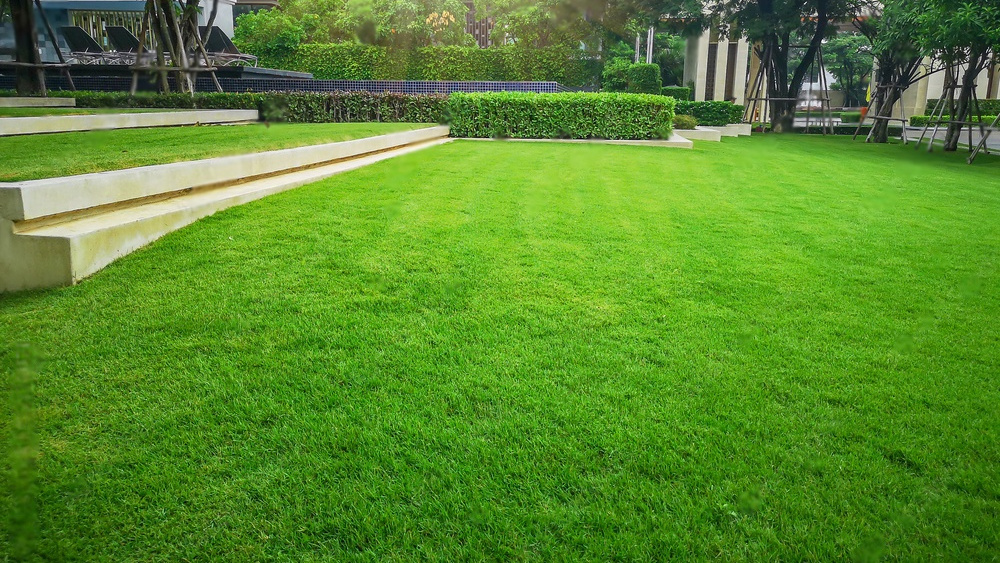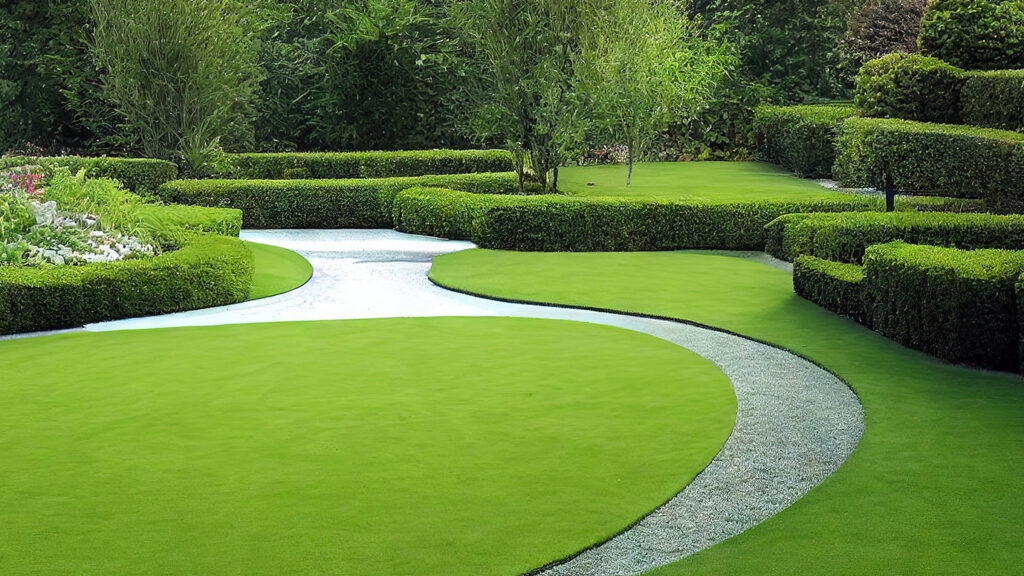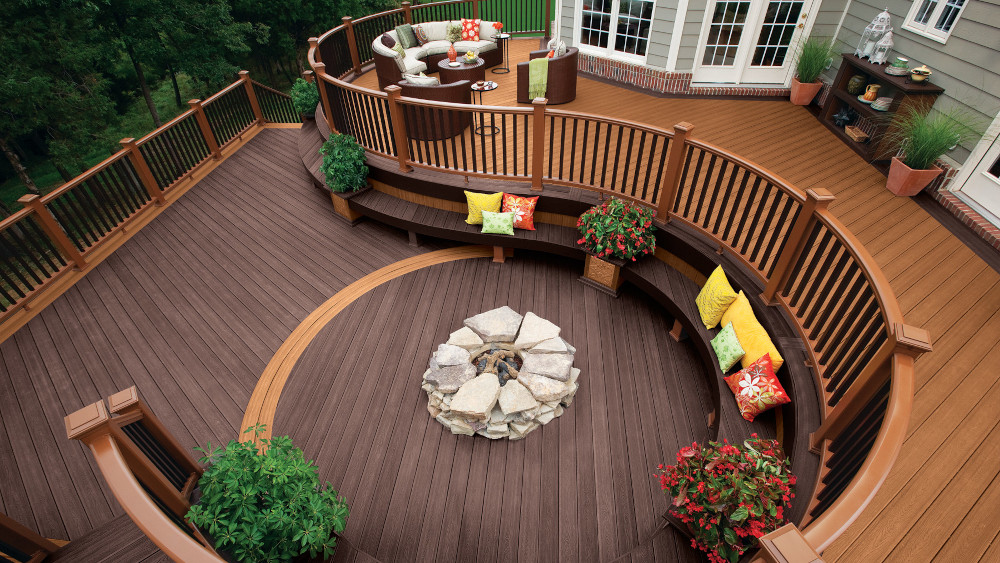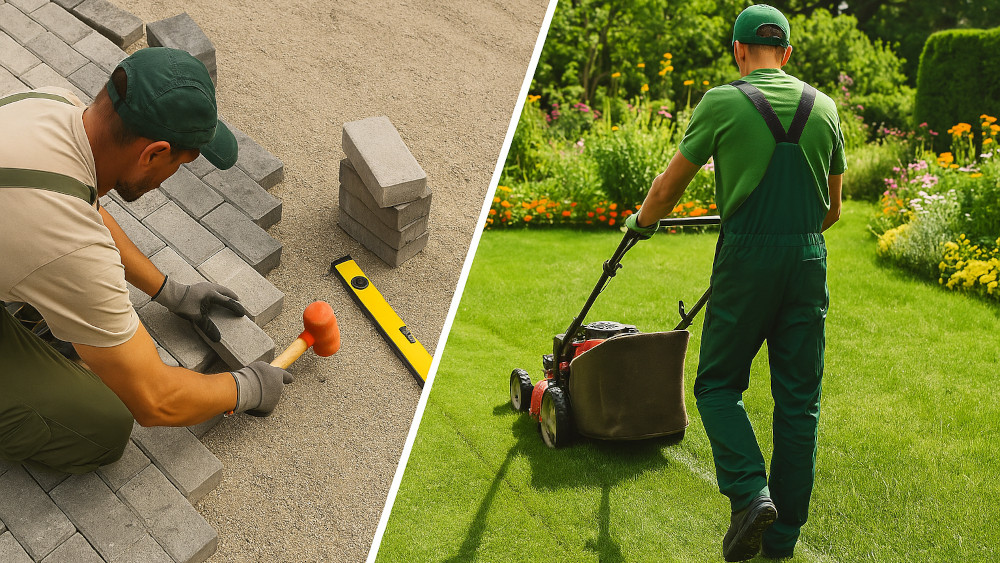Landscaping plays a vital role in enhancing the beauty, functionality, and value of your property. In New Zealand, the diverse climate, unique terrain, and variety of plant species offer homeowners countless opportunities to create beautiful and sustainable outdoor spaces. Whether you’re a DIY enthusiast or planning to hire a professional landscaper, understanding the essentials can make a big difference. In this guide, we’ll cover 10 essential landscaping tips specifically for New Zealand homeowners to help you maximize the potential of your outdoor space.
1. Choose Native Plants for Low-Maintenance Beauty
Using native plants is one of the best decisions for New Zealand homeowners. Native species like kānuka, harakeke (flax), and hebes are adapted to local climates and require less water and maintenance compared to non-native varieties. Plus, they attract native wildlife, adding vibrancy and biodiversity to your garden.
Tip: Research which native plants work best in your specific region of New Zealand, as the climate can vary significantly from Northland to Otago.
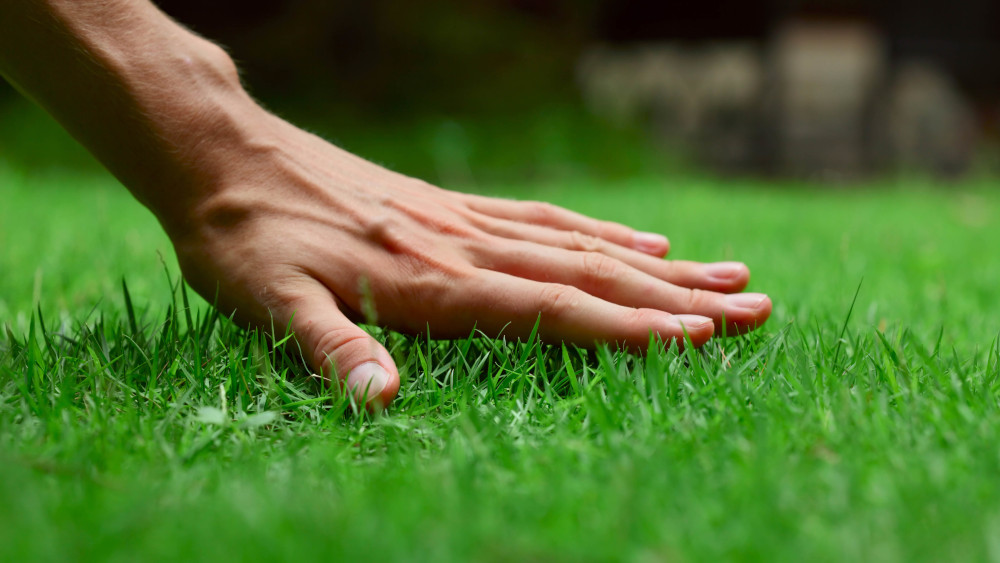
2. Plan for Seasonal Changes
New Zealand’s climate varies across regions, with some areas experiencing harsh winters and others remaining mild year-round. When choosing plants, consider their seasonality to ensure year-round beauty. For instance, evergreen shrubs provide year-round greenery, while deciduous trees like kōwhai offer vibrant blooms in spring.
Tip: For a balanced garden, select a mix of flowering plants, evergreens, and shrubs that offer texture and color throughout the year.
3. Optimize Drainage to Prevent Erosion
New Zealand’s rainy weather can sometimes lead to drainage issues, especially on sloped properties. Proper drainage is essential to prevent soil erosion and waterlogging, which can damage plants and property. Adding elements like French drains or permeable paving can help manage excess water efficiently.
Tip: Work with your landscaper or local hardware supplier to choose the right drainage solutions for your yard’s topography.
4. Create Outdoor Zones for Functionality
Designing your landscape with functional zones enhances usability and aesthetic appeal. Separate areas for lounging, dining, gardening, and playing make your yard more versatile. For example, create a deck or patio for dining, a lawn area for kids, and a quiet garden retreat for relaxation.
Tip: Use natural dividers like hedges, garden beds, or paving stones to define each zone without interrupting the flow of the space.
5. Use Mulch for Healthier, Low-Maintenance Gardens
Mulch is a simple but highly effective landscaping tool that conserves soil moisture, reduces weeds, and adds nutrients to the soil. Organic mulches, such as bark or straw, are particularly beneficial as they decompose over time, enriching your soil naturally.
Tip: Mulching around plants can also create a clean, polished look in your garden, adding to the visual appeal.
6. Consider the Impact of Coastal Conditions
If you live near the coast, salt exposure and high winds can challenge your landscaping plans. Choose salt-tolerant plants like pōhutukawa and taupata (coastal kōwhai) that can thrive in these conditions. Additionally, planting windbreaks with hardy trees can help protect more delicate plants.
Tip: Check with local garden centers for advice on the best coastal plants and methods to protect your garden from strong winds.
7. Invest in Quality Soil Preparation
Soil quality is crucial for a thriving garden. New Zealand’s soil can vary widely, and amending it with compost, sand, or other nutrients ensures better growth and healthier plants. Poor soil can be rehabilitated, but it takes time and investment in the right organic matter or fertilizers.
Tip: Test your soil’s pH and texture to determine what amendments are necessary, and consider planting species suited to your natural soil type.
8. Incorporate Water Features Thoughtfully
Water features add beauty, tranquility, and value to any garden. In New Zealand, a small pond, fountain, or rain garden can enhance your landscape’s appeal and attract local birds. However, ensure that any water feature is easy to maintain and complements the scale of your garden.
Tip: Use natural materials, such as stones and native plants, around water features to create a seamless look that integrates with the rest of your landscaping.
9. Go for Low-Maintenance Hardscaping Materials
Choose durable materials for patios, paths, and retaining walls to withstand New Zealand’s weather conditions. Hardscaping elements like gravel, pavers, and stone walls require little maintenance and can reduce lawn size, which decreases water usage and mowing.
Tip: Consider using local stone or eco-friendly materials to make your hardscape both sustainable and visually cohesive with the natural surroundings.
10. Plan for Long-Term Growth and Maintenance
A beautiful landscape grows and evolves over time, so plan for future maintenance needs. Consider the growth rate of trees, the spacing of shrubs, and the lifespan of perennials to avoid overcrowding and frequent replanting. This is especially important in smaller gardens where plants can easily become too dense.
Tip: A good landscape plan includes plants of different heights and growth habits, allowing each to fill in without overshadowing others or becoming too crowded.
Creating a beautiful and functional landscape in New Zealand requires thoughtful planning, especially considering the country’s diverse climates and terrain. By following these essential landscaping tips, you’ll be well on your way to designing a garden that not only looks stunning but is also sustainable and low-maintenance.
